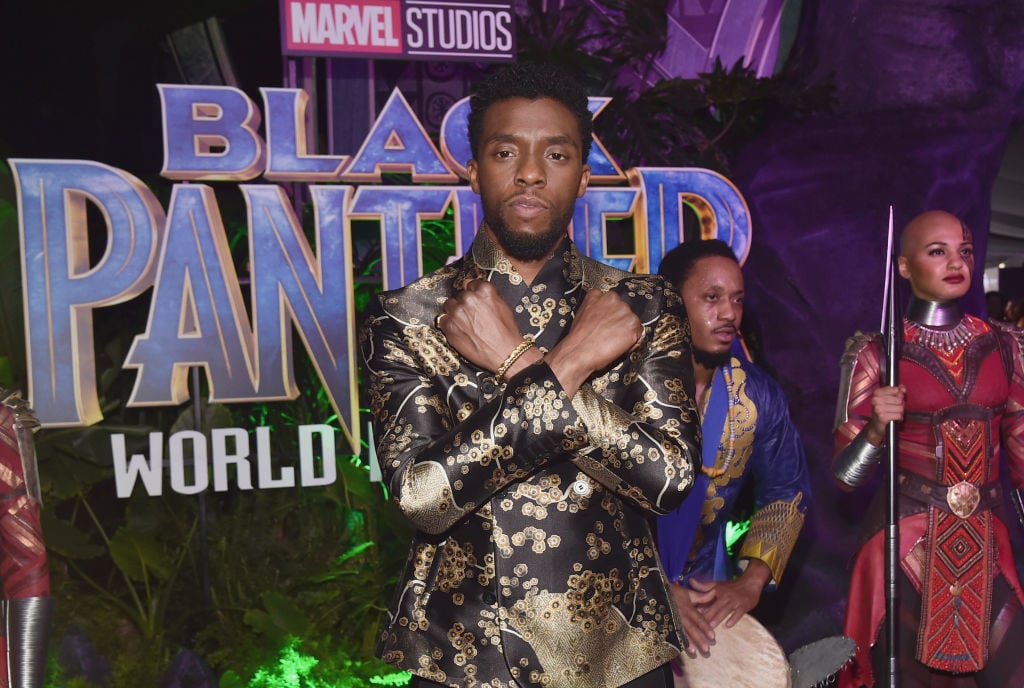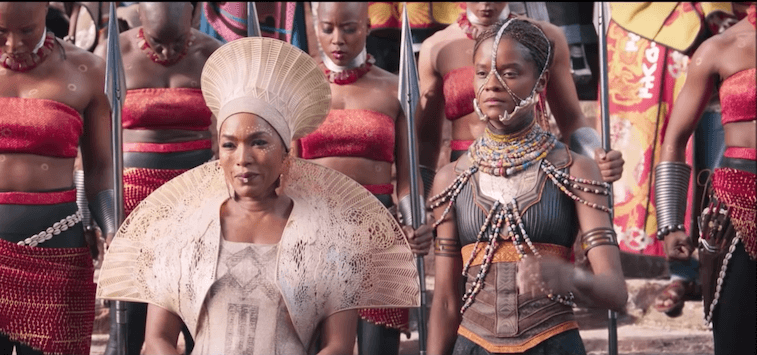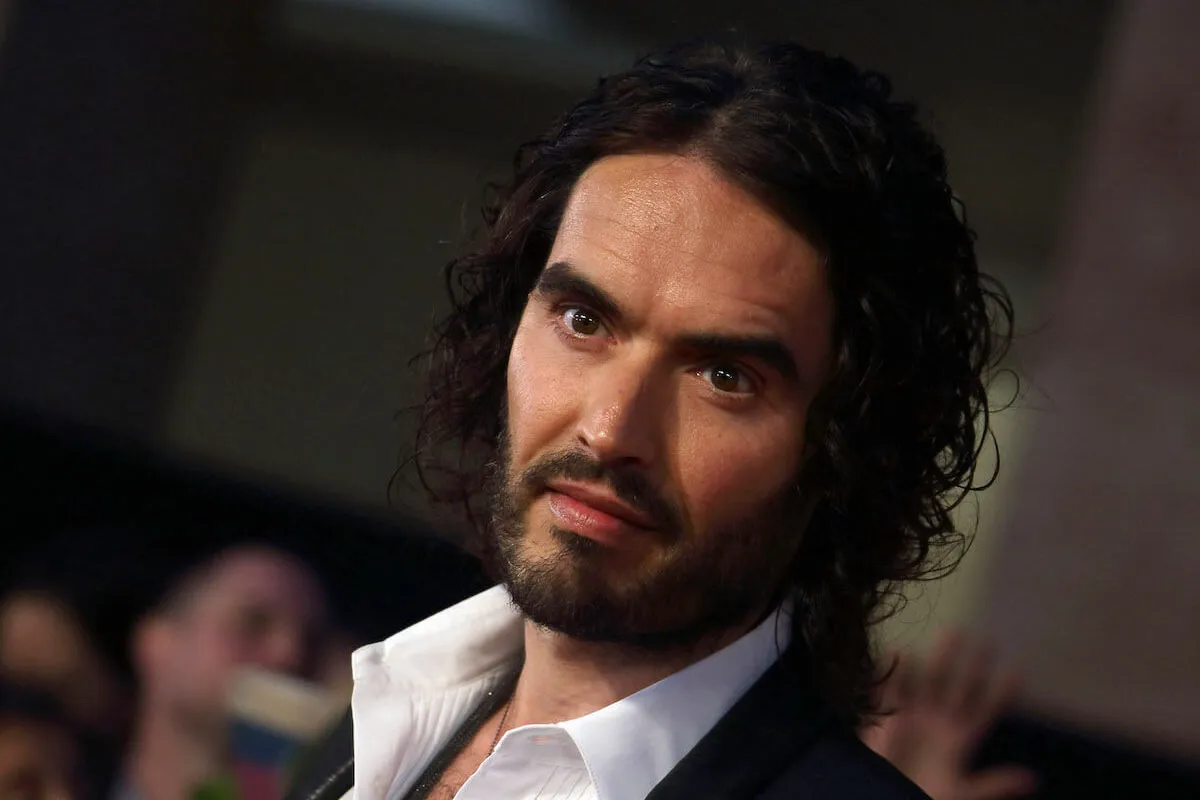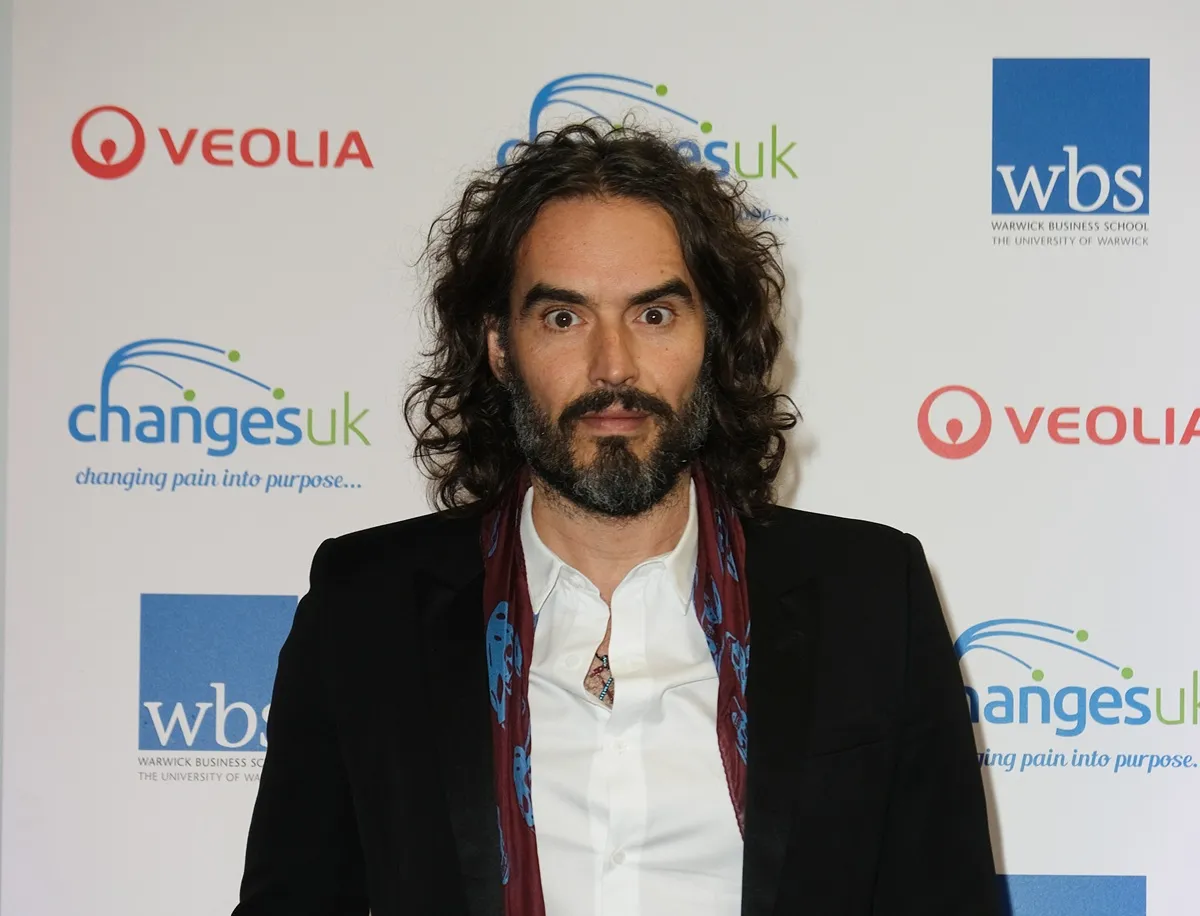How African Art, History, and Traditions Inspired Marvel’s ‘Black Panther’
Black Panther earned Marvel their first Academy Award. And then another award. And then another. It’s no surprise that this film was so well received by fans worldwide, especially with an empowering superhero prince to lead the way. What happened behind the scenes, however, is what makes this movie as culturally sensitive as it is inspiring. Here are some of the hidden references to African art, history, culture, and traditions in Marvel’s Black Panther.

The ‘Black Panther’ soundtrack included songs in different African languages
To help create Wakanda, music and costumes introduced viewers to aspects of African culture. (During “Notes on a Scene” with Vanity Fair, director Ryan Coogler explained that one of the songs during the Korean fight scene featured the chants by a group of women from Senegal.)
The costumes, especially, used colors, symbols, and historically African clothing to set the scene. Ruth Carter explained the importance of T’Challa and the casts’ costumes during her Academy Award acceptance speech.
“Marvel may have created the first black superhero, but through costume design, we turned him into an African king,” C
T’Challa’s mother, Queen Ramonda’s, crown
During “Notes on a Scene” with Vanity Fair, costume designer Ruth Carter discussed the Black Panther scene when T’Challa returns to Wakanda. This is the first time fans meet the Queen Mother of Wakanda, Ramonda. She is dressed mostly in white, with a large headpiece.
Atop Ramonda’s head is what Carter refers to as the “isicholo.” The isicholo, traditionally, is the South African married woman’s hat of the Zulu tribe. According to the Art Institute of Chicago, the isicholo, “developed out of a 19th-century conical hairstyle that was worn as a sign of respect to one’s husband and his family, in addition to serving as a public symbol of married status.”
Although Ramonda’s husband died during Captain America: Civil War, she still wears this headdress, primarily because the designer stated it looked like a crown. To add to the royal status, Ramonda also wears a “shoulder mantle,” complete with a design that was 3D-printed.
Okoye’s neck rings
The costumes of the Dora Milaje contain references to South African culture, particularly southern Ndebele practices. Okoye and the Dora Milaje wear gold or silver rings around their necks. According to Zkhiphani, the copper or brass neck rings are called “indzila” and can symbolize multiple things.
The
The colors worn by the Dora Milaje are also symbolic in that Okoye, the general has gold neck rings. The rest of the Dora Milaje

The ‘Warrior Falls’ scene
The scene in which T’Challa battles others for the position of the Black Panther, also known as the Warrior Falls scene, offered Ruth Carter an opporunity to showcase different African tribes and symbols.
The elder of the merchant tribe wears Ethiopian-inspired crosses and a turban similar to that of the Tuareg tribe, a group that predominately resides in the Sahara, stretching from Libya to Algeria, Niger, Mali, and Burkina Faso.
The warrior of the river tribe, played by Lupita Nyong’o, has aspects of her costume reflecting the Suri tribe. This is a group in Africa known for their lip plates, also reflected in the costumes of Black Panther.
T’Challa and other Black Panther cast members star in Marvel’s latest film, Avengers: Endgame.

